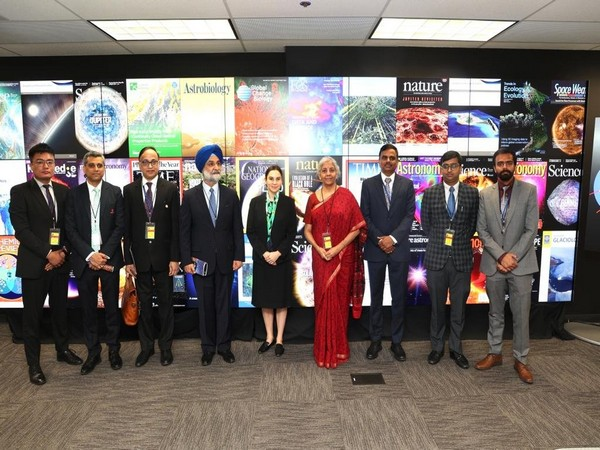Finance Minister Nirmala Sitharaman visited the Spacecraft Testing and Integration Complex at NASA’s Goddard Centre in Greenbelt, Maryland, during her official trip to the United States. Her visit to NASA’s biggest facility marks India’s growing interest and investment in the space sector, particularly in private sector participation.
In June 2020, the government announced a significant transformation of the Indian space sector with enhanced participation of private players in India’s space programme. This move aimed to boost India’s market share in the global space economy, and within three years, the number of start-ups in the Indian Space Research Organisation (ISRO) reached 150.
The government has also recently approved the Indian Space Policy 2023, which aims to regulate and boost private-sector participation and investment in the space sector. Prime Minister Modi initiated the opening up of the space sector for private participation, leading to the establishment of IN-SPACe (Indian National Space Promotion and Authorisation Centre) in June 2020. IN-SPACe aims to create an industry, academia, and start-up ecosystem to attract a significant share of the global space economy.
IN-SPACe facilitated India’s first private space mission called “Mission Prarambh”, which involved the launch of the Vikram-S rocket in November 2022 by the start-up Skyroot Aerospace.
India’s collaboration with the United States on an Earth-observing mission symbolises the growing India-US Civil Space Collaboration. ISRO received the NASA-ISRO Synthetic Aperture Radar (NISAR) jointly developed by ISRO and NASA JPL (Jet Propulsion Laboratory) on March 8.
NISAR is expected to launch in 2024 from the Satish Dhawan Space Centre in Sriharikota, Andhra Pradesh, into a near-polar orbit. The mission will provide data and information about the Earth’s surface changes, natural hazards, and ecosystem disturbances, advancing our understanding of Earth.





